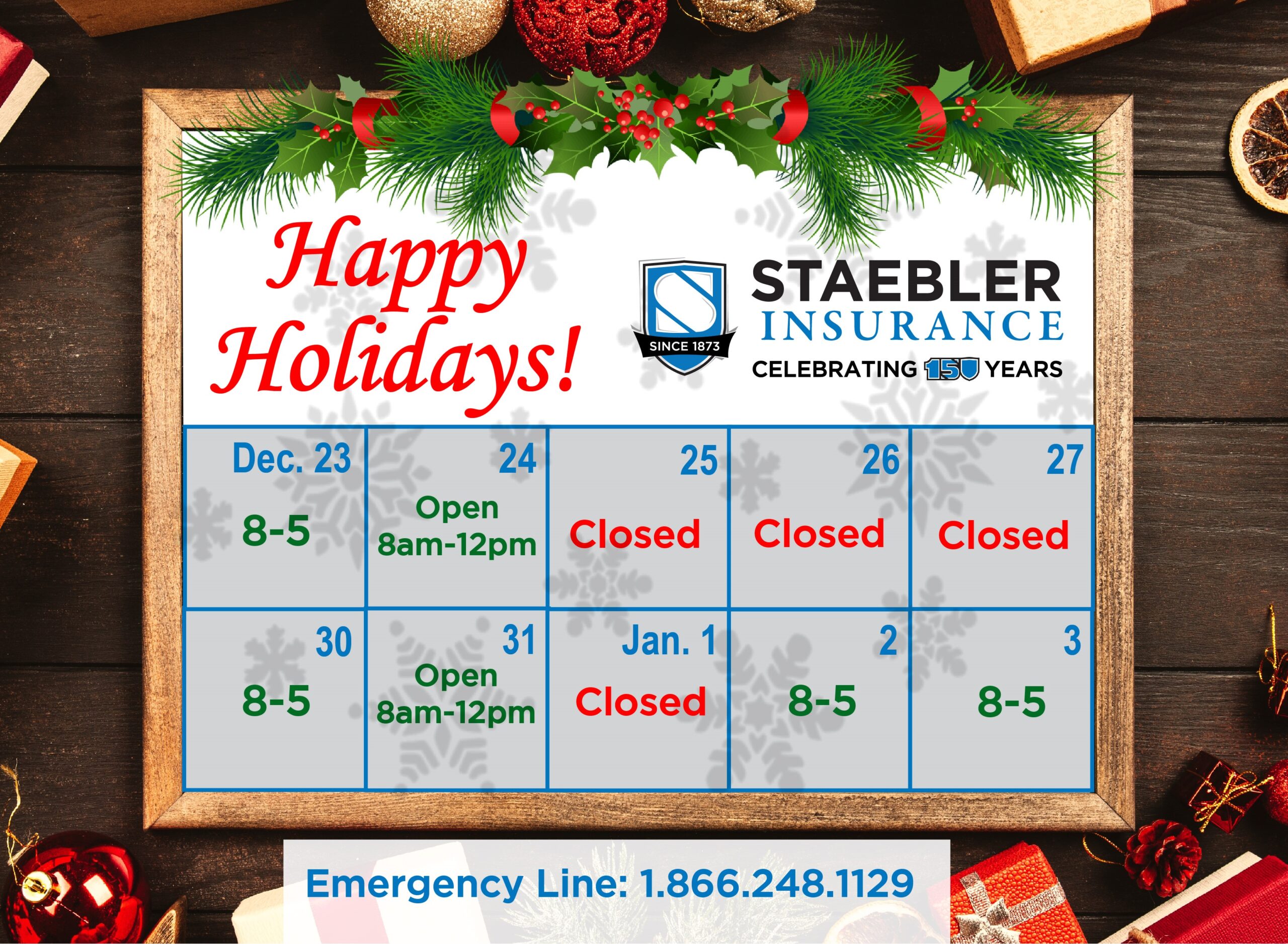Are you finally committing to that morning jog you’ve been thinking about for months now? Or are you heading back to the gym for the first time since high school and you’re not sure where to start? Or maybe you’re not sure what kind of exercise you want to do, all you know is that it’s time to get a grip on your health.
Whatever the case, congratulations. Taking your health in your hands is one of the most empowering decisions a person can make. Whether you are looking to lose weight, build strength, or retain mobility, improving your health through diet and exercise will help you enjoy your life and can even help save you money when it comes to your insurance.
But it can be hard to get started. If this is the first time you’ve seriously considered exercising or if it has been a long time since you’ve been active, it can be confusing and intimidating to know where to begin and even physically dangerous if you overdo it. Before you hit the gym or the platies mat, consider the following tips.
Start Safe
While exercising is generally one of the best things you can do for your health, there can be complications that also make it risky. Hurting yourself or aggravating a pre-existing condition is the last thing you want to do when you set out on an exercise regimen to improve your health, so it’s important to start from a safe and practical place.
First, make sure the exercise you want to do is compatible to your current body and level of health. If you spent your youth playing hockey, it might feel natural to join a rec team and get back on the ice, but if you’ve developed joint issues in the meantime, it might not be the best place to start. Even less overtly dangerous exercises, such as a spin class, can be dangerous if you have health issues like asthma or a heart murmur. In cases like this you should start with a similar but less high impact exercise and spend a few months building yourself up to a place where high intensity cardio can be safely performed.
If you have a history with heart conditions, diabetes, or back issues, you may want to consult a doctor before you begin. Yes, this can be a drag when you finally have the motivation to dive into the world of fitness, but it’s better to be cautions than to risk serious injury. Your doctor will be able to help guide you towards safe activities, give you tips on symptoms or warning signs to watch out for, and if you are especially at risk, keep tabs on your progress and ensure your efforts are not doing more harm than good.
Set Realistic Goals and Plan for the Future
Exercise is hard! Even if you are lucky enough to find an exercise or activity you enjoy, there are always going to be days when the idea of getting in gear and moving is going to seem a lot less appealing than keeping your butt firmly planted on the couch. This is why having a clear goal is so essential to making an exercise program successful, you need something to keep you focused on those days where you just don’t want to move a muscle.
So, what do you want to get out of all this? For many of us, the answer is obvious, to lose weight and look better. For others it might be about improving, or sustaining, their current level of strength or mobility. Others might be seeking relief from joint pain, or to rebuild their body after an injury.
The problem is, while these are all valid goals, they all suffer from being difficult to chart or see immediate results. Anyone who has tried to lose weight before can tell you how crushing it can be to eat clean and hit the gym three times a week for a month and barely see the scale move. And while you might be able to chart your weight sets and gauge your progress there, keeping track of mobility and joint soreness is something that is going to vary from day to day.
There are reasons for this. Your body weight is always going to fluctuate with water and food intake, and you could be losing weight but just jumping on the scale at the wrong time. Or you could be building muscle, which is denser and heavier than fat, so while you’re actually getting much healthier, the scale says you haven’t changed. Joint pain is something you notice when it flares up but can easily take for granted when it’s not there. But these reasons don’t make it any less frustrating when you’ve been trying your best but seeing “no results.”
That’s why it is often best to focus on the process. Health and exercise are long-term investments, so you should cultivate a long-term mindset. Instead of making a goal of “I want to lose 20 pounds” you should set the goal “I want to make it to my yoga class three times a week and chart as many consecutive weeks as I can.” Instead of saying “I want to be able to bench press 180 pounds by Christmas” and wind up pulling something because you’re trying to hit an arbitrary personal best by an arbitrary deadline, think “I want to see a steady progression of increasingly heavier lifts over the course of this year.”
Focusing on chartable process goals will help keep Exercise is Just One Piece of the Puzzle consistent with your work outs and motivated for the long haul.
Exercise is Just One Piece of the Puzzle
Committing to an exercise program is fantastic, but it will only take you so far. If you want to see real change to your health, you need to watch your nutrition and sleep just as closely as your miles jogged.
Exercise challenges your body. It sends signals to your heart, lungs, and muscles that they need to change. Lifting weights creates microtears in your muscles that are repaired to be bigger and stronger over and over again. Intense cardio tells your lungs they need to take in more air and your heart needs to pump that oxygenated blood more efficiently through your system by stressing them out in a controlled manner.
But your body can’t rebuild and make those improvements if it doesn’t have the right materials for it – namely nutrition and sleep. Without protein to stitch those muscles and quality rest time to give the body a chance to concentrate on recovery, all exercise will do is wear you out and leave you with aching pains and an irritable attitude.
You don’t need to completely overhaul your diet. If you are really looking to lose weight, then yes, you may want to start tracking your calories and staying under a small deficit for the average daily caloric burn for a person your size and age. But even making small changes like avoiding sugars and eating more macro nutrients and protein in the form of vegetables and non-fried chicken (or yogurt if you’re vegetarian) can go a long way. And as hard as it is sometimes, make a real commitment to getting 8 full hours of sleep a night, especially on work out days.
Eat right, stick to your goals, and get enough sleep and soon enough you’ll be seeing (and feeling) real results!














0 Comments